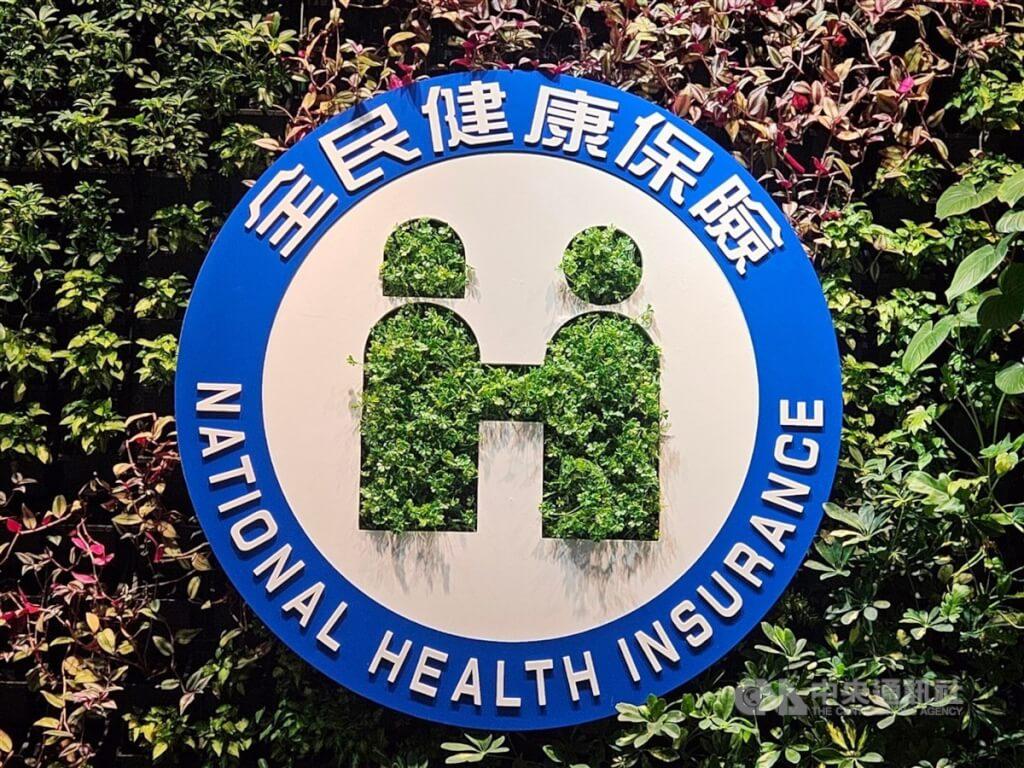Thirty new medical services are now available to patients as part of the National Health Insurance scheme, including genetic cancer screenings able to detect seven different strains of cancer, after having been introduced Dec. 1, the National Health Insurance Administration (NHIA) said today.
The new services are to be awarded 123 million NHI points (1 point being approximately equal to NT$0.9 of funding) to benefit 66,000 patients annually, with an investment of NT$110 million (US$3.4 million), it said.

Photo: Chiu Chih-jou, Taipei Times
The NHI is to award 5,000,000 NHI points to cover the Ozaki procedure for patients under the age of 18 with aortic valve disease, a new surgical procedure to reconstruct the aortic valve with a high recovery rate which reduces the need to repeat surgeries, which would benefit approximately 13 patients per year, NHIA Medical Affairs Division Director Chen Yi-chieh (陳依婕) said.
Moreover, patients are currently tested for prostate cancer with the prostate-specific antigen test (PSA), known for its poor reliability, but the NHI will now offer the prostate-specific antigen isoform (p2PSA) test to an estimated 19,000 patients per year, which is more accurate, eliminates the need for invasive biopsies and reduces the risk of complications, Chen said.
The NHI is to also offer testing for the hepatitis B core related antigen (HBcrAg), a biomarker that indicates viral replication of hepatitis B, Chen said, with the new testing to reduce the high relapse-rate and risk of complications among patients with chronic hepatitis B who stop antiviral treatment, helping an estimated 34,000 patients per year.
From May this year, the NHI has offered next-generation sequencing (NGS), a DNA and RNA sequencing technology that screens for 12 types of cancer, and the NHI is to add a further seven genetic cancer screenings which are to help clinicians create personalized treatment plans for patients, helping approximately 10,000 cancer patients per year, the NHIA said.
As medical technology is continually developing, new medical treatments are to continue to be added and revised under the NHI budget, working together with medical experts and insurance plan holders to offer patients the latest medical technology, it said.

Taiwanese scientists have engineered plants that can capture about 50 percent more carbon dioxide and produce more than twice as many seeds as unmodified plants, a breakthrough they hope could one day help mitigate global warming and grow more food staples such as rice. If applied to major food crops, the new system could cut carbon emissions and raise yields “without additional equipment or labor costs,” Academia Sinica researcher and lead author the study Lu Kuan-jen (呂冠箴) said. Academia Sinica president James Liao (廖俊智) said that as humans emit 9.6 billion tonnes of carbon dioxide compared with the 220 billion tonnes absorbed

The Taipei Mass Rapid Transit (MRT) Wanda-Zhonghe Line is 81.7 percent complete, with public opening targeted for the end of 2027, New Taipei City Mayor Hou You-yi (侯友宜) said today. Surrounding roads are to be open to the public by the end of next year, Hou said during an inspection of construction progress. The 9.5km line, featuring nine underground stations and one depot, is expected to connect Chiang Kai-shek Memorial Hall Station to Chukuang Station in New Taipei City’s Jhonghe District (中和). All 18 tunnels for the line are complete, while the main structures of the stations and depot are mostly finished, he

Taipei is to implement widespread road closures around Taipei 101 on Friday to make way for large crowds during the Double Ten National Day celebration, the Taipei Department of Transportation said. A four-minute fireworks display is to be launched from the skyscraper, along with a performance by 500 drones flying in formation above the nearby Nanshan A21 site, starting at 10pm. Vehicle restrictions would occur in phases, they said. From 5pm to 9pm, inner lanes of Songshou Road between Taipei City Hall and Taipei 101 are to be closed, with only the outer lanes remaining open. Between 9pm and 9:40pm, the section is

China’s plan to deploy a new hypersonic ballistic missile at a Chinese People’s Liberation Army Rocket Force (PLARF) base near Taiwan likely targets US airbases and ships in the western Pacific, but it would also present new threats to Taiwan, defense experts said. The New York Times — citing a US Department of Defense report from last year on China’s military power — on Monday reported in an article titled “The missiles threatening Taiwan” that China has stockpiled 3,500 missiles, 1.5 times more than four years earlier. Although it is unclear how many of those missiles were targeting Taiwan, the newspaper reported